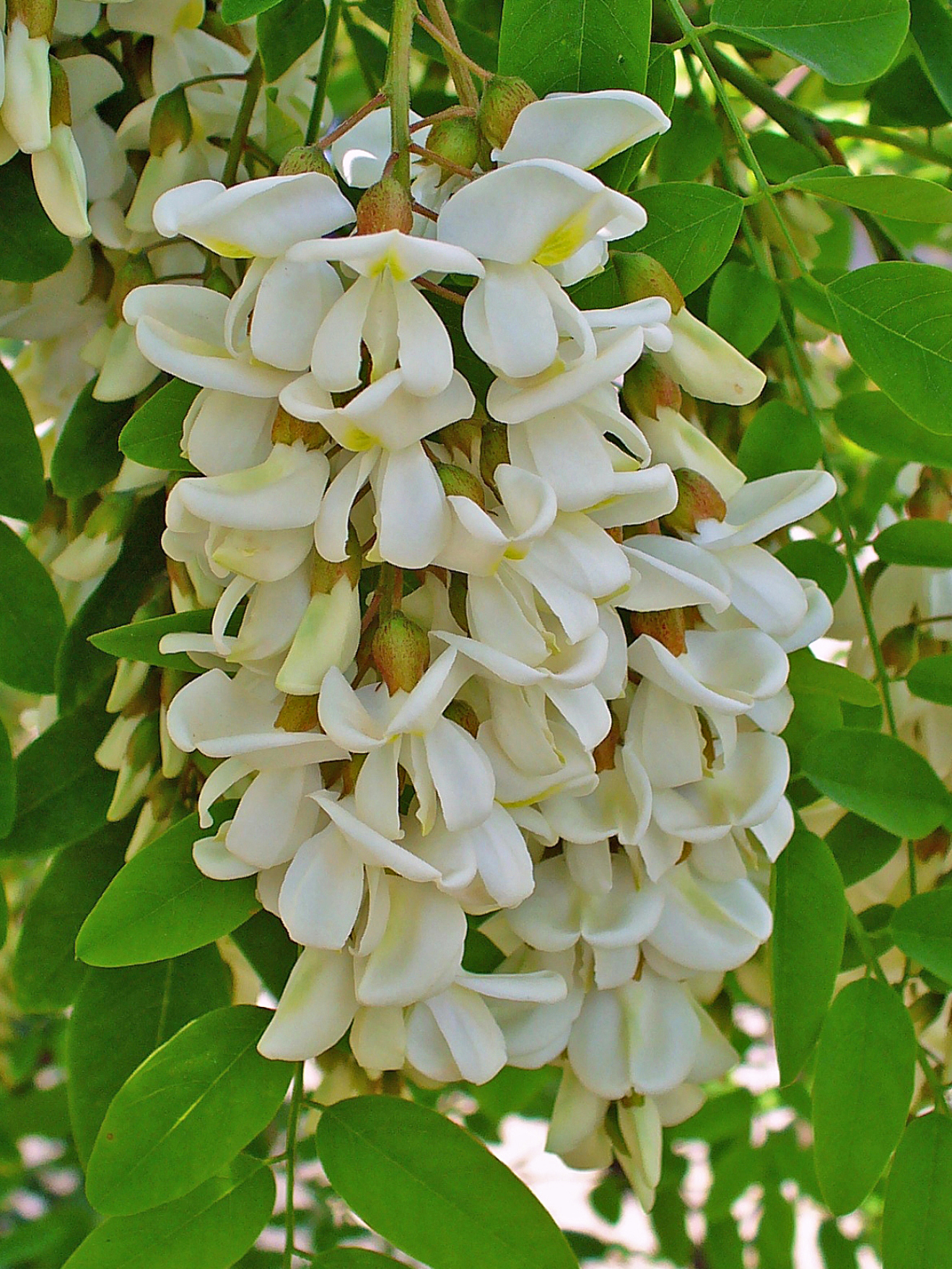Are native wildflowers the only plants that bees love? I knew the answer to this question is no, but needed a reminder. The other day as I was giving a tour at the arboretum. We had stopped next to a Littleleaf Linden tree (Tilia cordata). It was extremely fragrant. It was also covered by pollinators including many different types of bees. The hum as they busily worked over the flowers was amazing. It made me think – Are there other trees that pollinators use throughout the year?
The plight of bees and other pollinators have been in the news lately. Beekeepers struggle with colony collapse. Pollinator populations continue to decline. Habitat loss and dwindling sources of pesticide-free plants make it harder for insects to find the food they need for their very survival. Wildflowers are promoted as the elixir for these endangered pollinators, but in reality a diverse network of food has never been more important. Trees are a vital food source for all sorts of insects. The abundance of flowers at a single location provide bees and other pollinators with valuable sources of nectar. Trees can be part of the solution to these problems. Here is a list of trees that pollinators will flock to when in bloom. Besides helping the pollinators they may give you some shade.
Black Cherry-Prunus serotina
This native tree can be found in the eastern half of the United States. Black Cherry is not a specimen tree, but offers fragrant, nectar-rich flowers followed by tangy fruit that wildlife enjoy. Plant along the outskirts of your property so it has adequate space, ultimately reaching 50-75 feet tall. Other cherry trees and fruit trees offer pollinators nectar early in the year. We certainly benefit from their work.
Basswood-Tilia americana
This deciduous tree is a bee magnet. The clusters of fragrant yellow flowers in June and July attracts pollinators from all over the neighborhood. The foliage is heart shaped, which provides dense shade. It has an upright habit that develops into a broad spreading tree over time to 75 feet. The smaller (to 40-50 feet) non-native cousin Littleleaf Linden is just as alluring to pollinators. The variety ‘Redmond’ is one of the most common available at your local garden center.
Willows-Salix sp.
This is often overlooked as a group of trees, but it is extremely important to a wide variety of pollinators. Consider planting a pussy willow or weeping willow in your garden, especially if you have a wet spot. I grew up fishing around and under Black Willow trees along the East Emma Creek. I can still remember being scolded and even dive bombed by a Red-winged Blackbird that was protecting its nest in one of these Black Willow trees. They are not very ornamental, but valuable to a host of wildlife along with many different pollinators.
Catalpa-Catalpa speciosa
This is a tree that deserves wider use because it is very adaptable and tough. The showy, white flowers in June are sought by bees. These flower clusters develop dangling cigar-like seed pods. The heart-shaped leaves are attractive along with the irregular branching of the tree. It as many unique features that may be worth a try in your garden.
Black Locust-Robinia pseudoacacia
This native tree makes fantastic honey. The creamy white, fragrant flowers dangle from the branches in long 4-8 inch racemes. Bees flock to the flowers that are rich in nectar and pollen. The black locust tree is quite adaptable but needs full sun for best growth. Most trees reach 30-60 feet tall at maturity. Look for varieites called ‘Frisia’ or ‘Purple Robe’ to establish in your garden.
Diversity is the key to pollinator success. The pollinators needs a variety of plants that bloom a different times all through the year. Blooming trees literally take pollination to a new level. Your bee-friendly habitat needs some blooming trees.
Trees for the Bees Photo Credits





